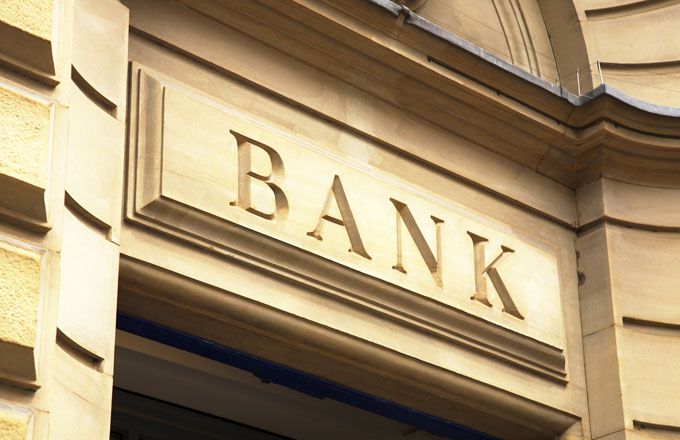
What Is the Interbank Market?
The interbank market is a global network used by financial institutions to trade currencies and other currency derivatives directly between themselves. Some interbank trading is done by banks on behalf of large customers but most interbank trading is proprietary. It takes place on behalf of the banks’ own accounts.
Banks use the interbank market to manage their own exchange rate and interest rate risk as well as to take speculative positions based on research. The interbank market is a subset of the interdealer market, an over-the-counter (OTC) venue where financial institutions can trade a variety of asset classes among one another and on behalf of their clients. This is often facilitated by interdealer brokers (IDBs).
Key Takeaways
- The interbank market is a global network used by financial institutions to trade currencies and other currency derivatives directly between themselves.
- Banks use the interbank market to manage their own exchange rate and interest rate risk.
- They can also use the market to take speculative positions based on research.
- Most transactions within the interbank network are for a short duration, anywhere from overnight to six months.
Understanding the Interbank Market
The interbank market for foreign exchange (forex) serves commercial turnover of currency investments as well as a large amount of speculative, short-term currency trading. The typical maturity term for transactions in the interbank market is overnight or six months.
The forex interdealer market is characterized by large transaction sizes and tight bid-ask spreads. Currency transactions in the interbank market can be either speculative (initiated with the sole intention of profiting from a currency move) or for the purposes of hedging currency exposure. It may also be proprietary but it’s customer-driven to a lesser extent by an institution’s corporate clients. These might include exporters and importers.
History of the Interbank Forex Market
The interbank forex market developed after the collapse of the Bretton Woods agreement and following the decision by former U.S. President Richard Nixon to take the country off the gold standard in 1971.
Currency rates of most of the large industrialized nations were allowed to float freely at that point with only occasional government intervention. There’s no centralized location for the market because trading takes place simultaneously around the world. It stops only for weekends and holidays.
The advent of the floating rate system coincided with the emergence of low-cost computer systems that allowed increasingly rapid trading on a global basis. Voice brokers over telephone systems matched buyers and sellers in the early days of interbank forex trading but they were gradually replaced by computerized systems that could scan large numbers of traders for the best prices.
Trading systems from Reuters and Bloomberg allow banks to trade billions of dollars at once, with daily trading volume topping $6 trillion on the market’s busiest days.
Participants in the Interbank Market
A bank must be willing to make prices to other participants as well as ask for prices to be considered an interbank market maker. Interbank deals can top $1 billion in a single deal.
Citicorp and JP Morgan Chase are among the largest players in the United States. Deutsche Bank in Germany and HSBC in Asia are also among the largest. There are several other participants in the interbank market, including trading firms and hedge funds. They contribute to the setting of exchange rates through their purchase and sale operations but other participants don’t have as much of an effect on currency exchange rates as large banks do.
Credit and Settlement Within the Interbank Market
Most spot transactions settle two business days after execution (T+2). The major exception to this rule is the U.S. dollar versus the Canadian dollar which settles the next day. Banks must have credit lines with their counterparts to trade, even on a spot basis.
Most banks have netting agreements that require the offset of transactions in the same currency pair that settle on the same date with the same counterpart. This reduces settlement risk. It substantially reduces the amount of money that changes hands and thus the risk involved.
What Is a Bid-Ask Spread?
The bid-ask spread is the difference between the bid price and the ask price. The bid price is lower most of the time.
What Is a Market Maker?
Market makers make stock transactions at any given time and they do so on a more or less continuous basis. They provide bid/ask spreads and their participation keeps the market liquid and flowing along.
What Is a Spot Transaction?
A spot transaction dictates the sale or purchase of a commodity or a currency for immediate delivery on a specific date, usually within two business days. The deadline can shift a little, however, depending on the nature of the market involved.
The Bottom Line
The interbank market is decentralized. It isn’t regulated but most central banks will collect data from market participants to assess whether there are any economic implications. This market has to be monitored because any problems can have a direct impact on overall economic stability.
Brokers who put banks in touch with each other for trading purposes have also become an important part of the interbank market ecosystem over the years.

